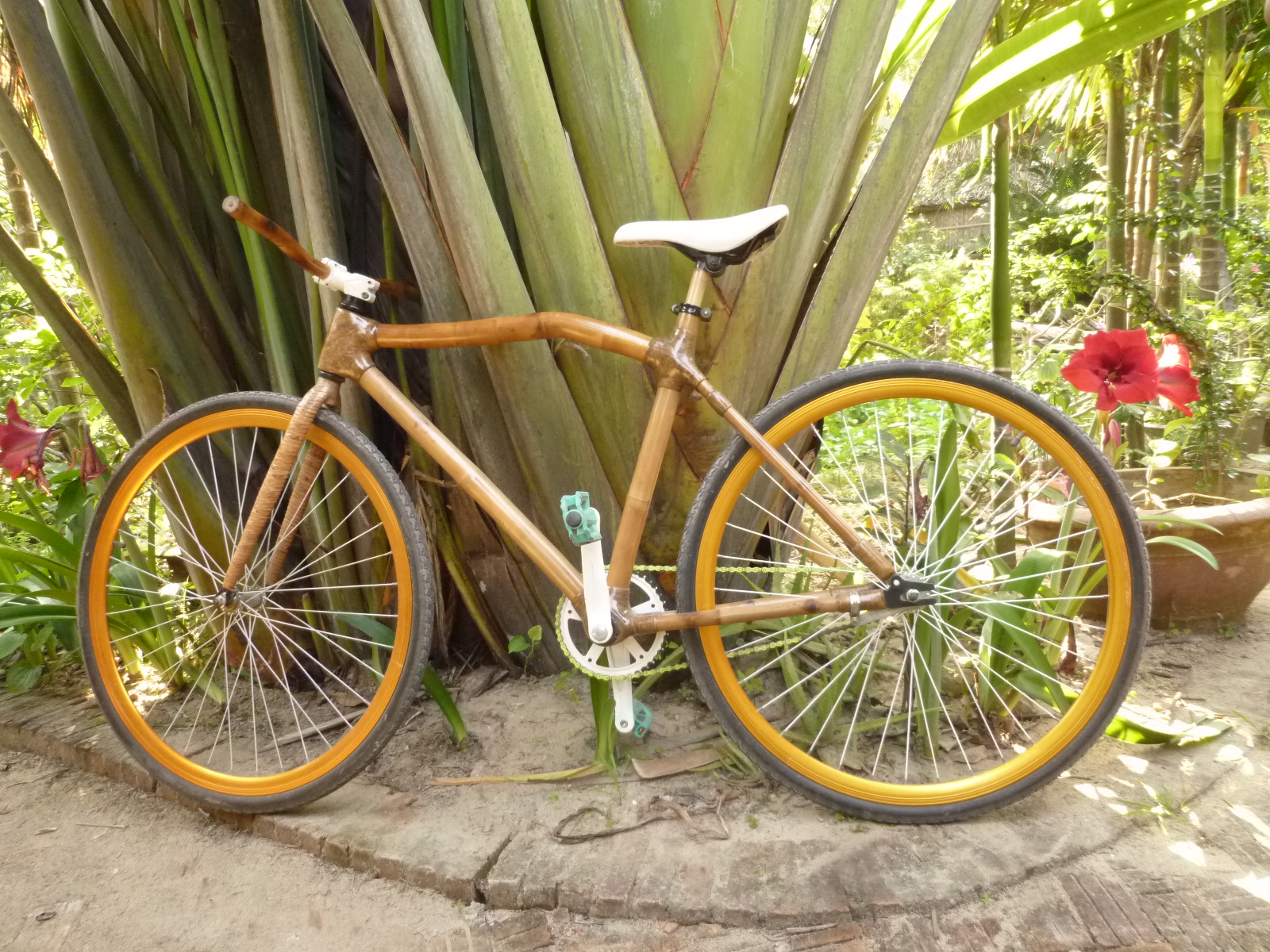I have been following BAV repairs and have read many studies. While there are not yet significant long term results, the good news is that this is a rapidly developing field with significant improvements. If you compare repairs pre 2000 to post 2000 the results are significantly better and they continue to get better as there is more data on why these repairs fail.
As long as the valve is in relatively good shape and does not have calcification, then the probability of a repair is actually not that low. Svenson of Cleveland puts it at 70% but they can really only tell once they have eyes on the valve.
As far as durability of a repair, Cleveland in their latest studies is at 10% failure within the first ten years. Which is quite good and they argue that most failures happen early and thereafter it seems to flat line so a durability of 20 years or more is not entirely out of the question. Other high specialty centers are also demonstrating very good results (Tirone Toronto, Bavaria Penn, Stanford, a few centers in Europe).
This procedure continues to grow in popularity as more and more centers are offering as an alternative to a bio prosthetic valve. And as I said previously the results continue to improve as they gain more experience, for example results have shown marked improvement since they started measuring the cusps more carefully or as they worried more about stabilizing the root. Currently there is a ring being used (Lansac ring) similar to mitral valve repairs which is quite promising.
In any case, I agree that the last thing one wants is multiple OHS but I also feel that this has gotten to the point where it makes lots of sense for many patients. Certainly much better than a bio prosthetic valve that may only have 8 to 12 year durability in a younger patient. In any case an exciting and evolving field with great progress being made every year.
There is in this forum a firefighter from Colorado who had his repaired last summer, for him being on coumadin meant not being on active duty. He has a blog which is well worth reading. And there is also a marine jet fighter pilot who also had his repaired at Stanford and is again flying. And there is also a young athlete that wanted to continue his football career, he had been recruited by the Jets. Not to mention women who are looking to get pregnant.
I understand Pellicle's point but this field started as more and more surgeons were asking themselves a different question: "why are we throwing out native valves that are still in very good shape?"














